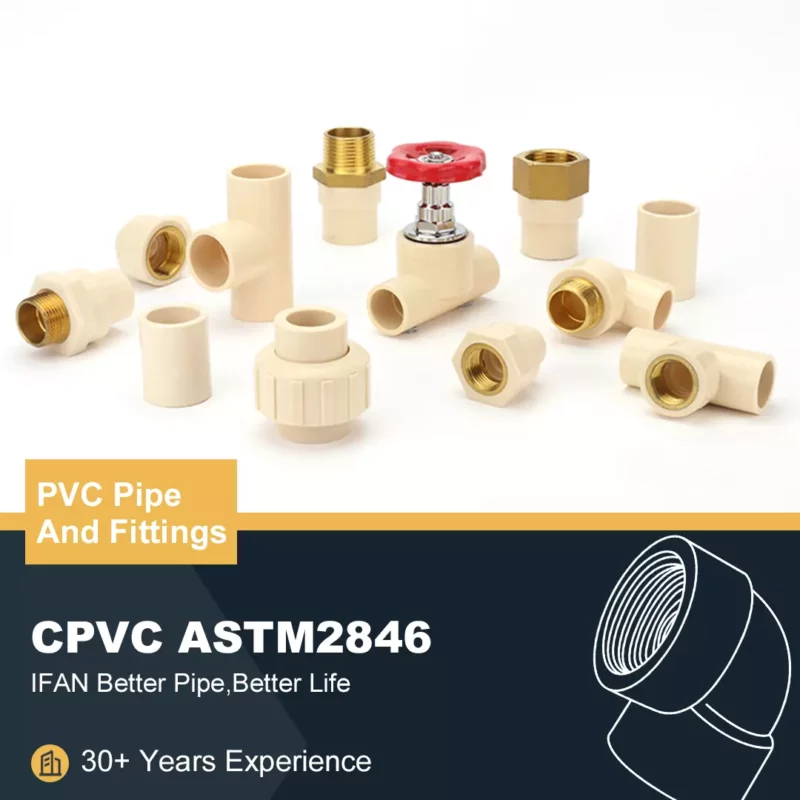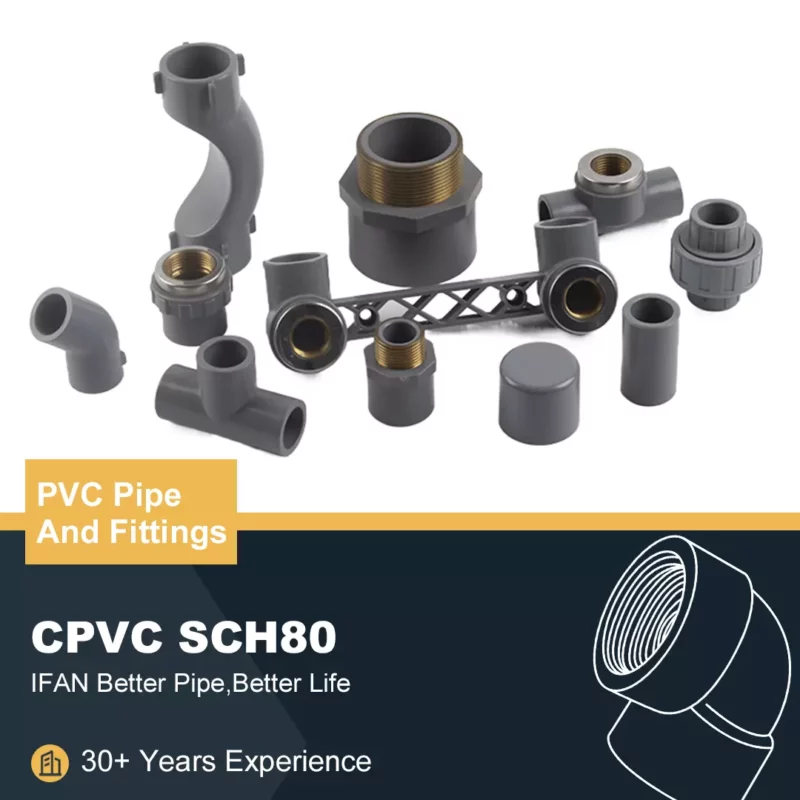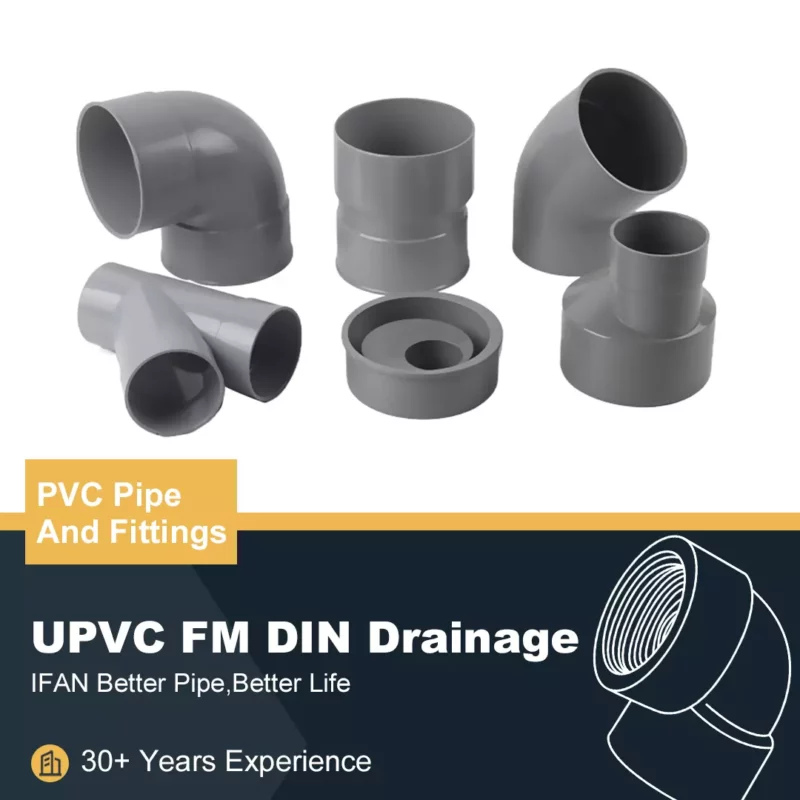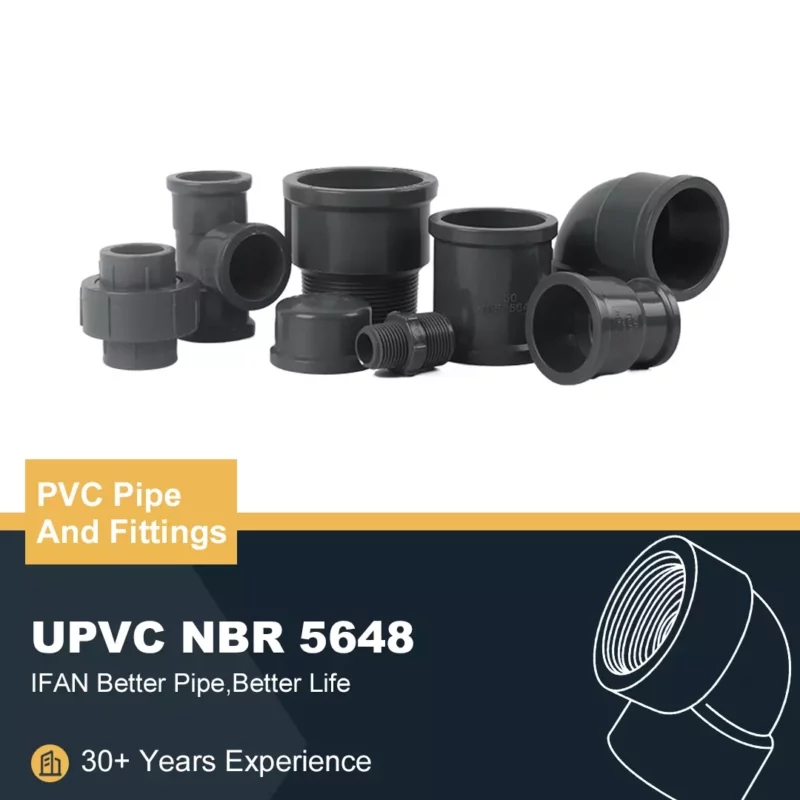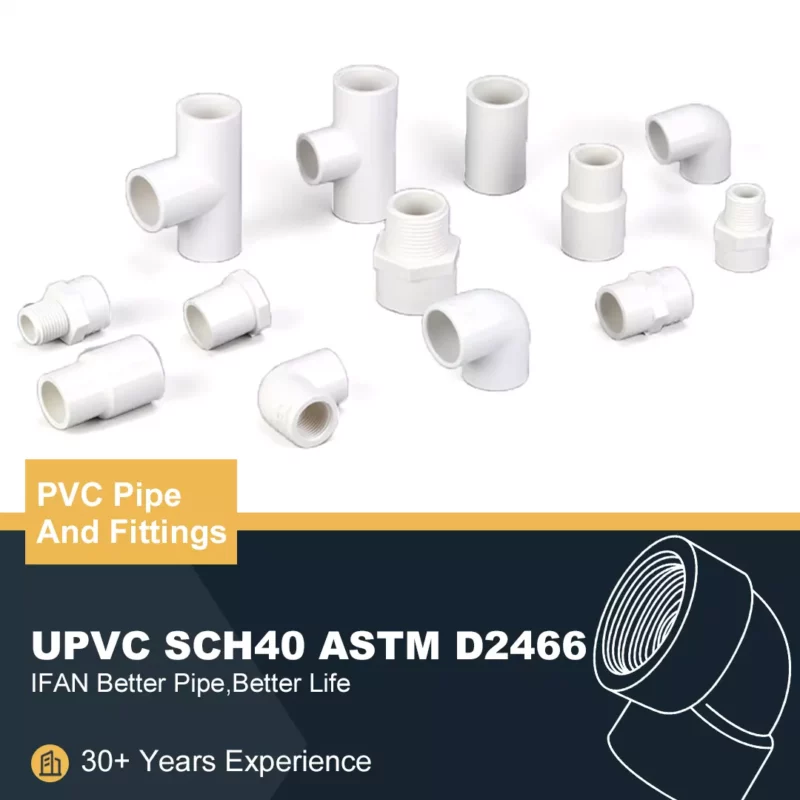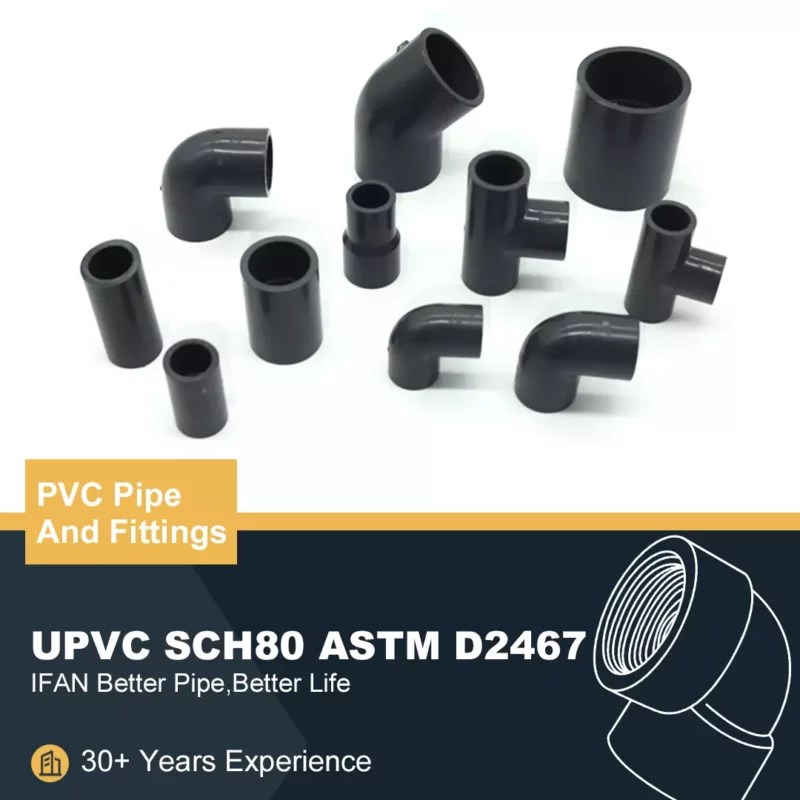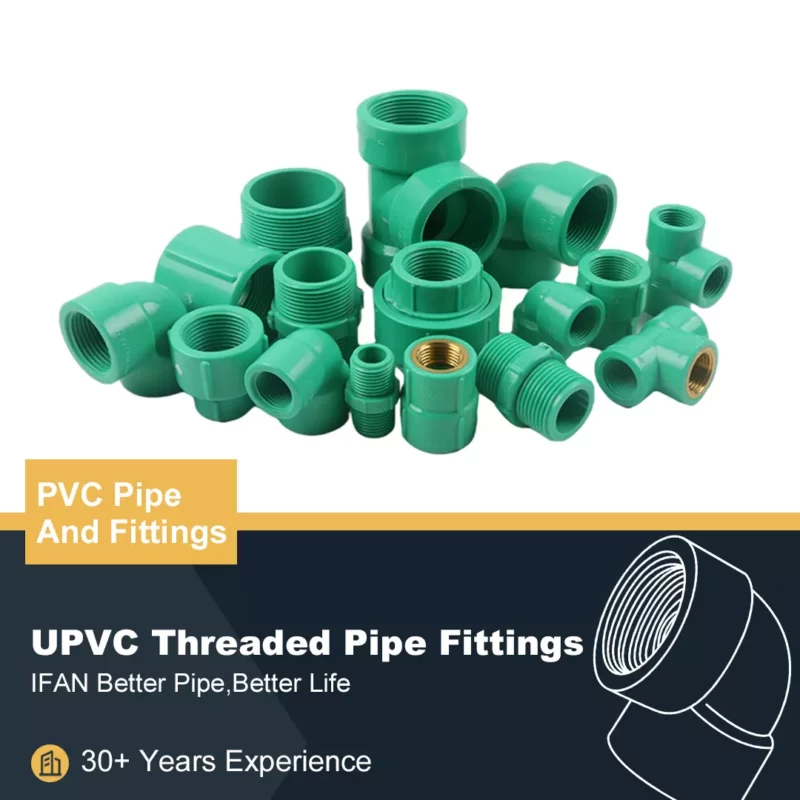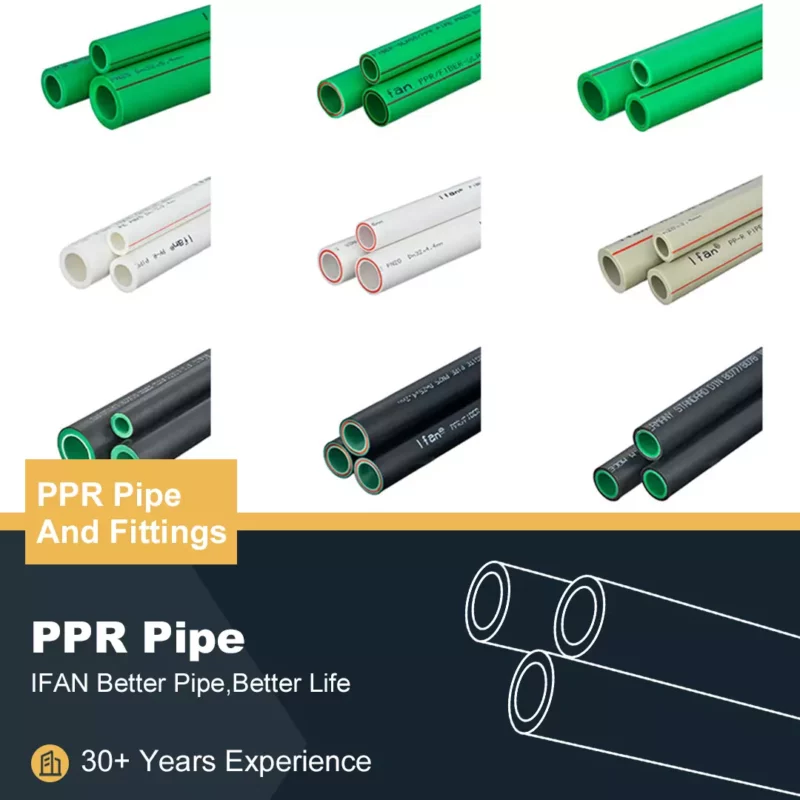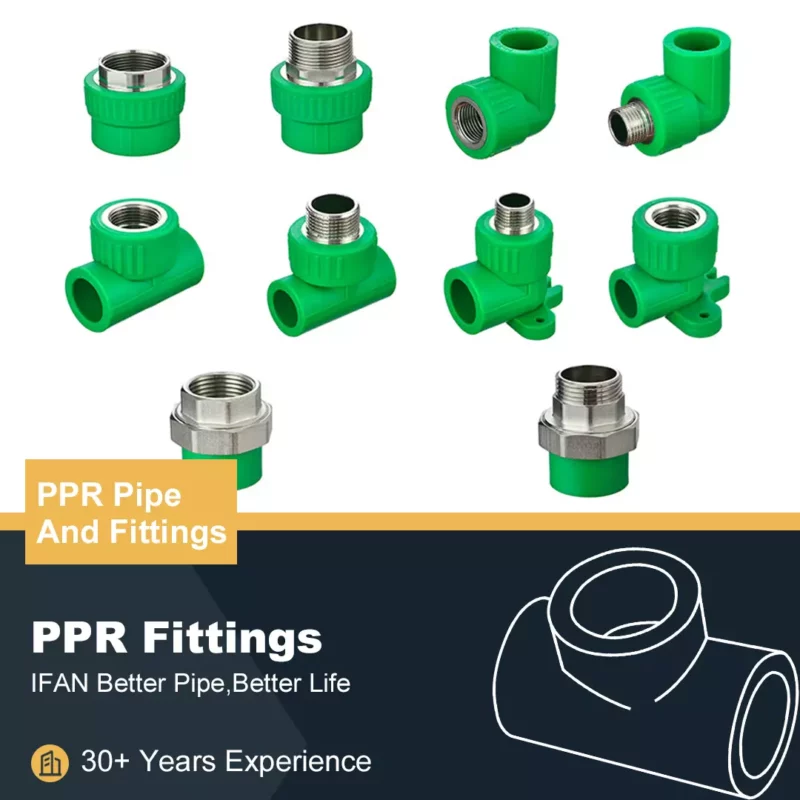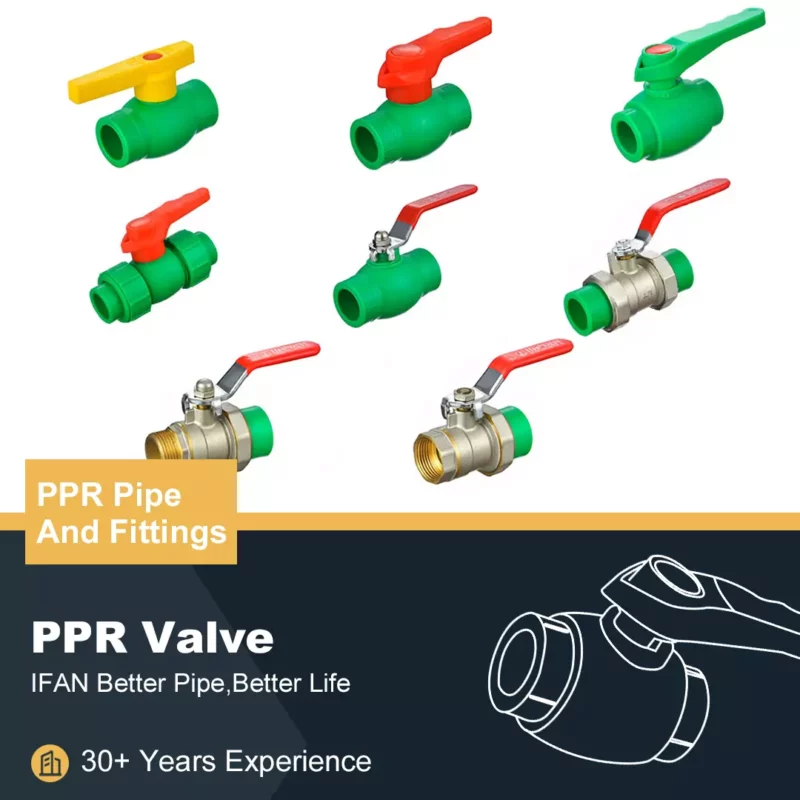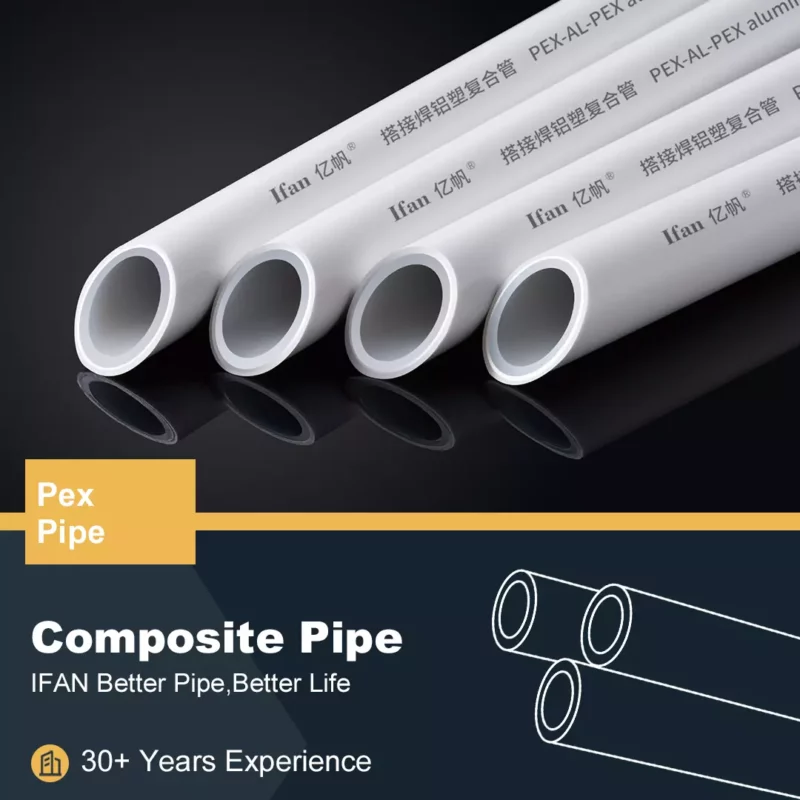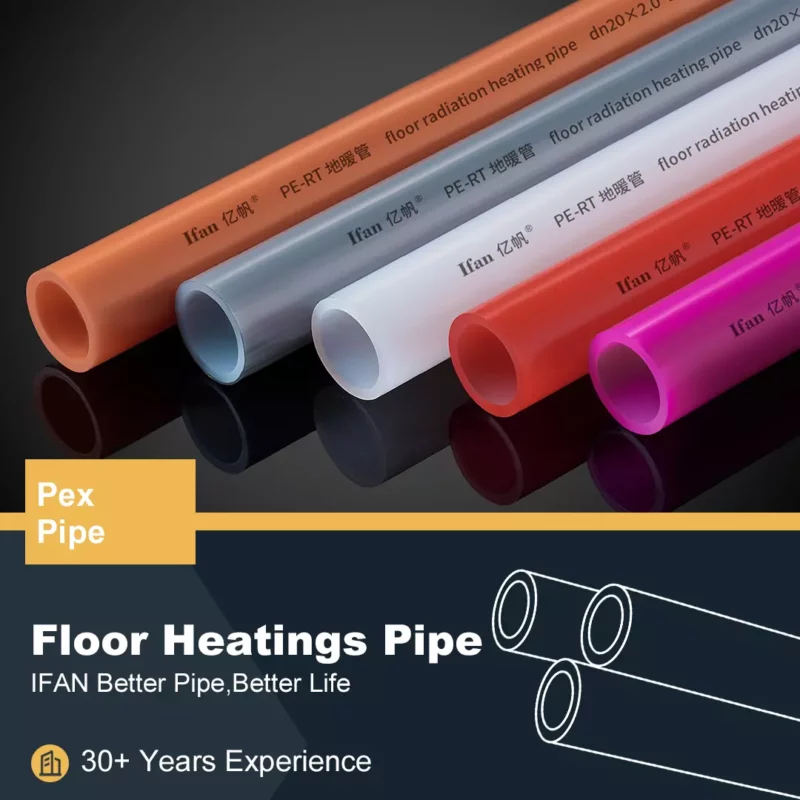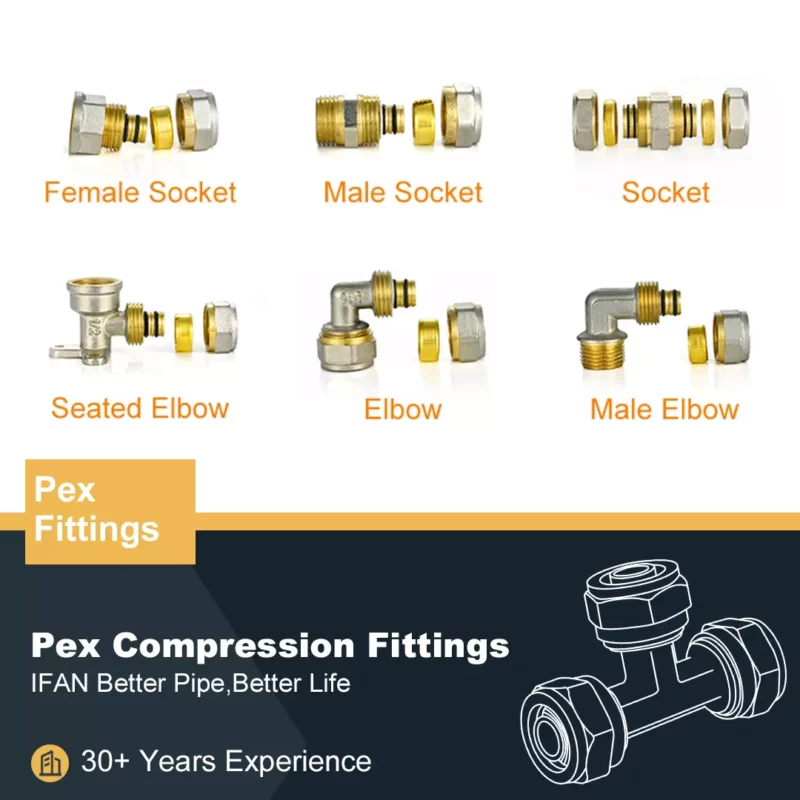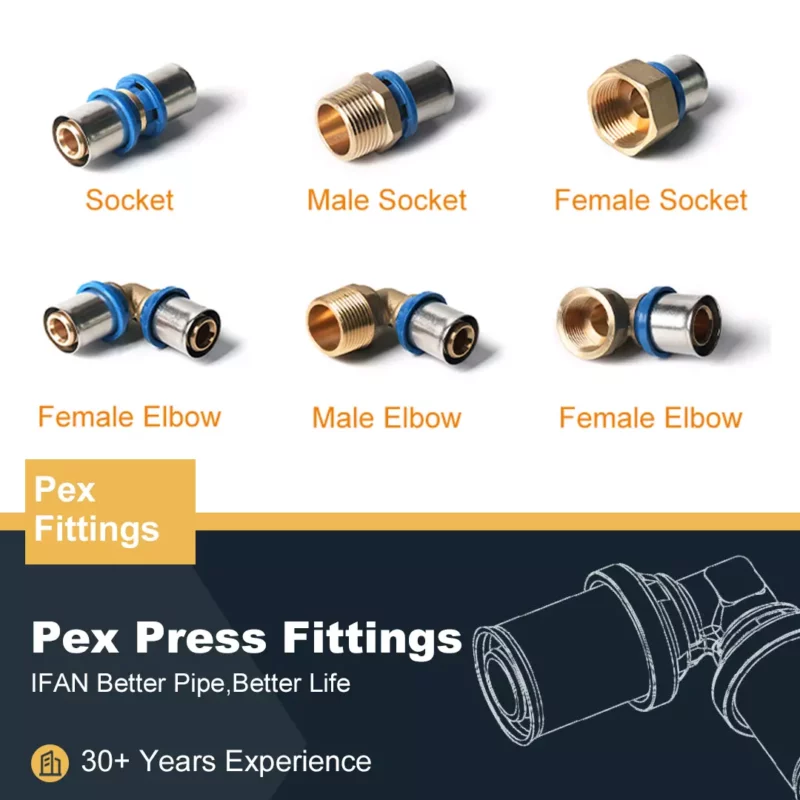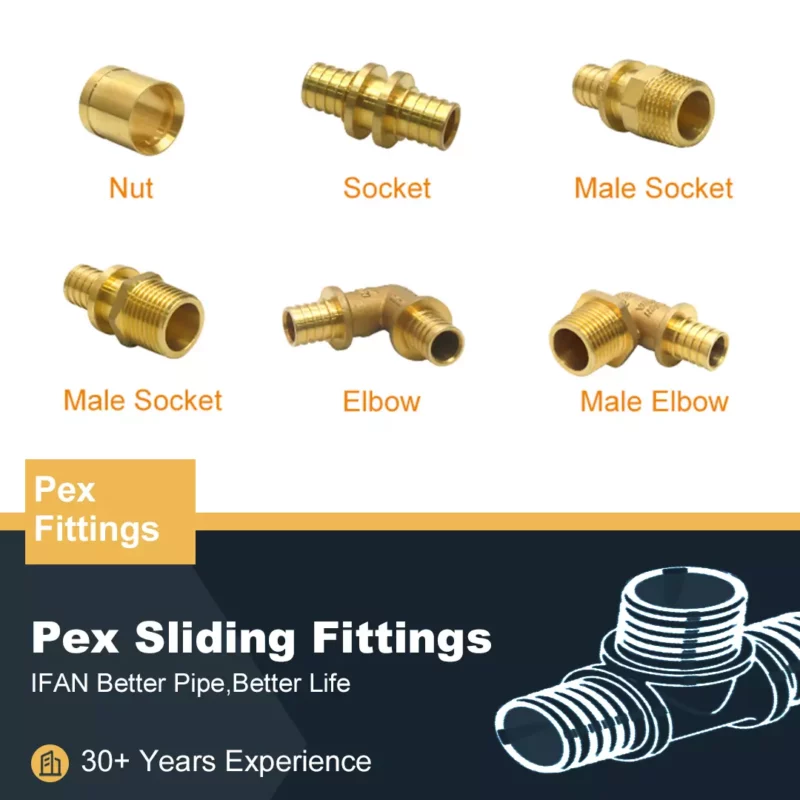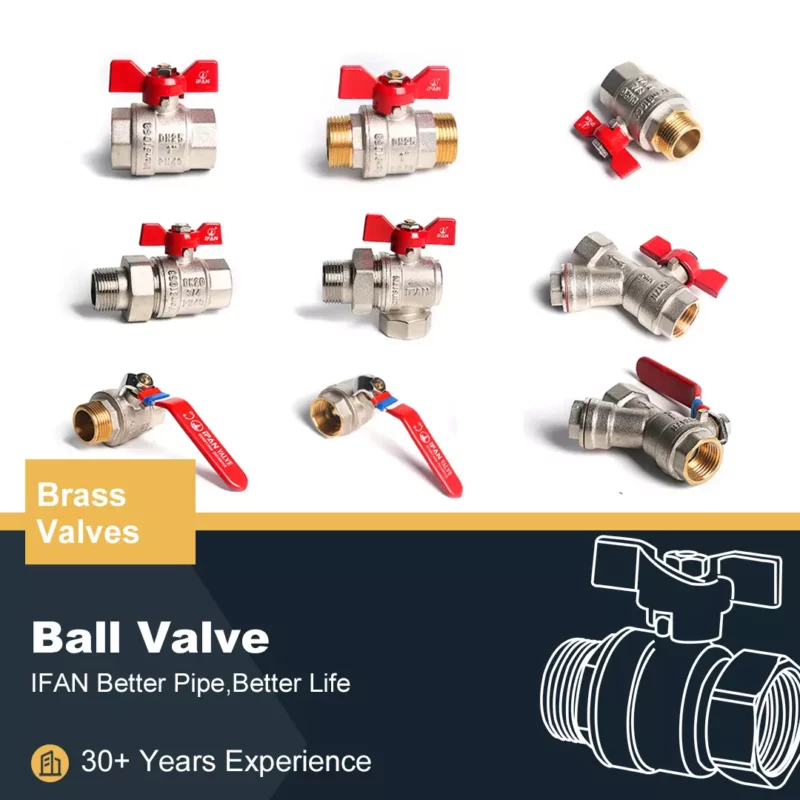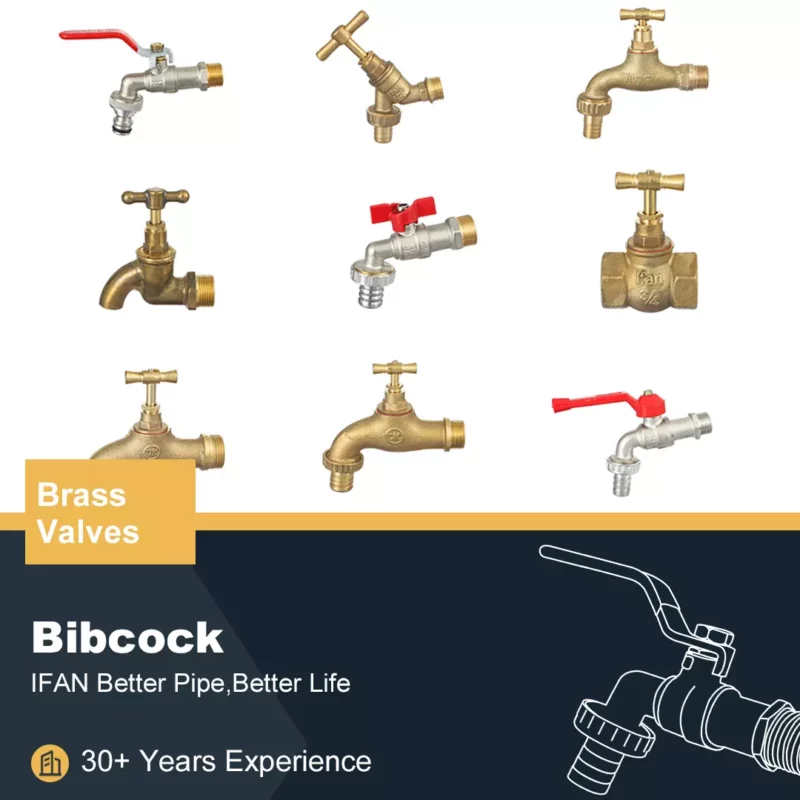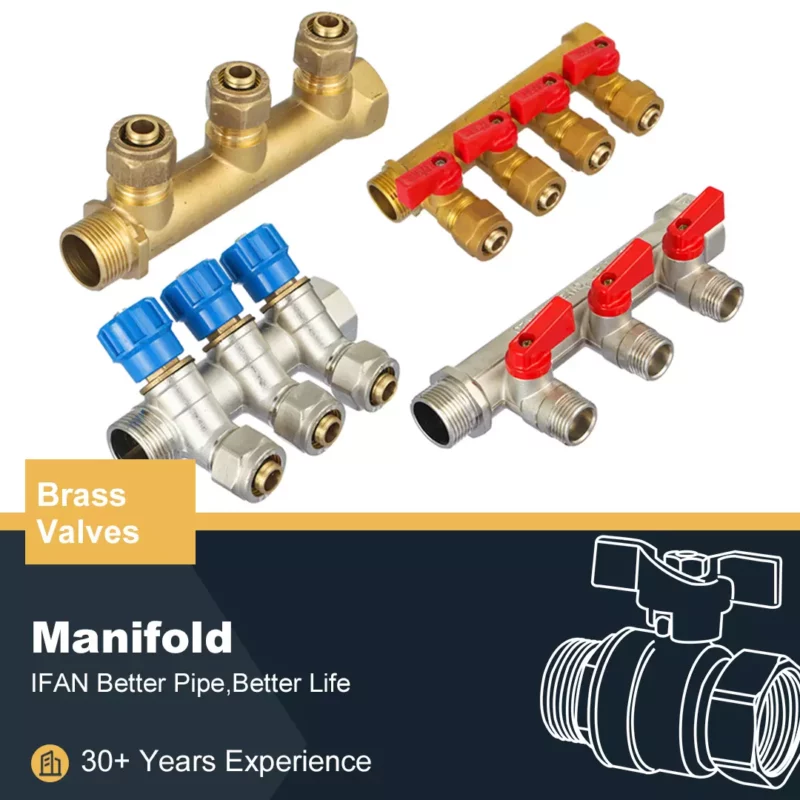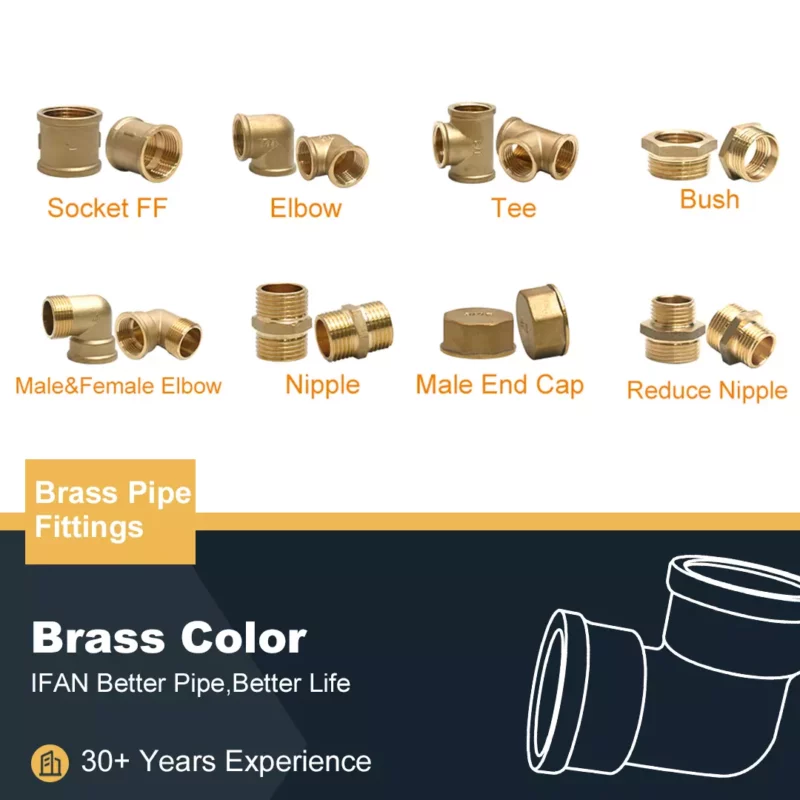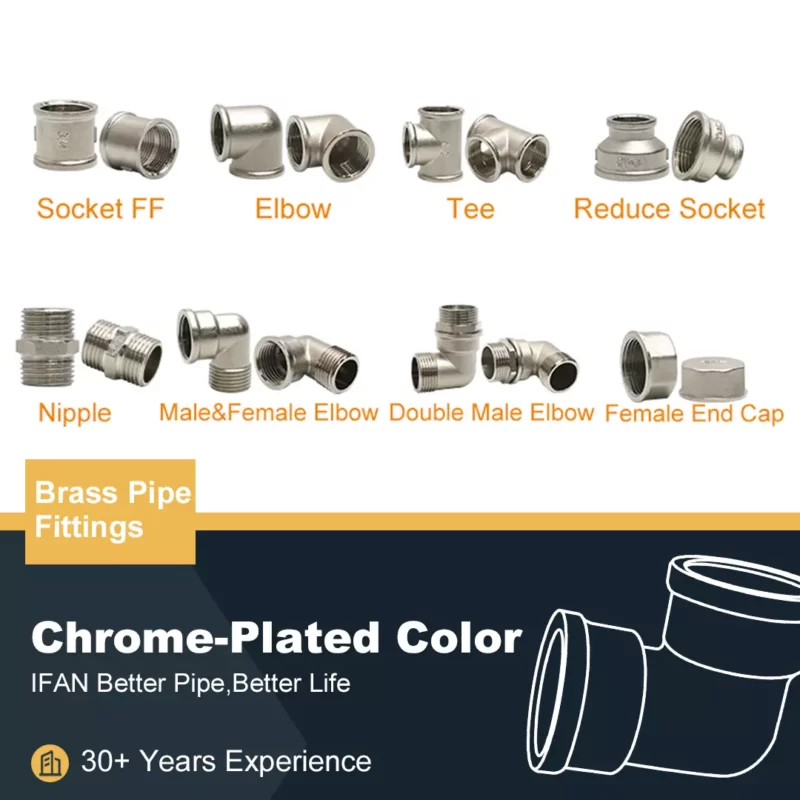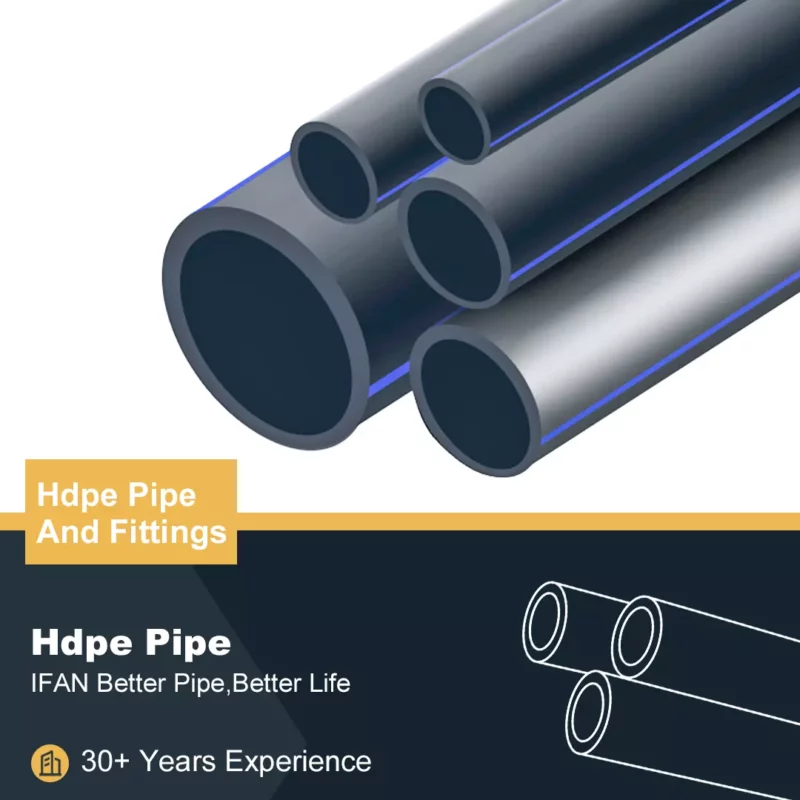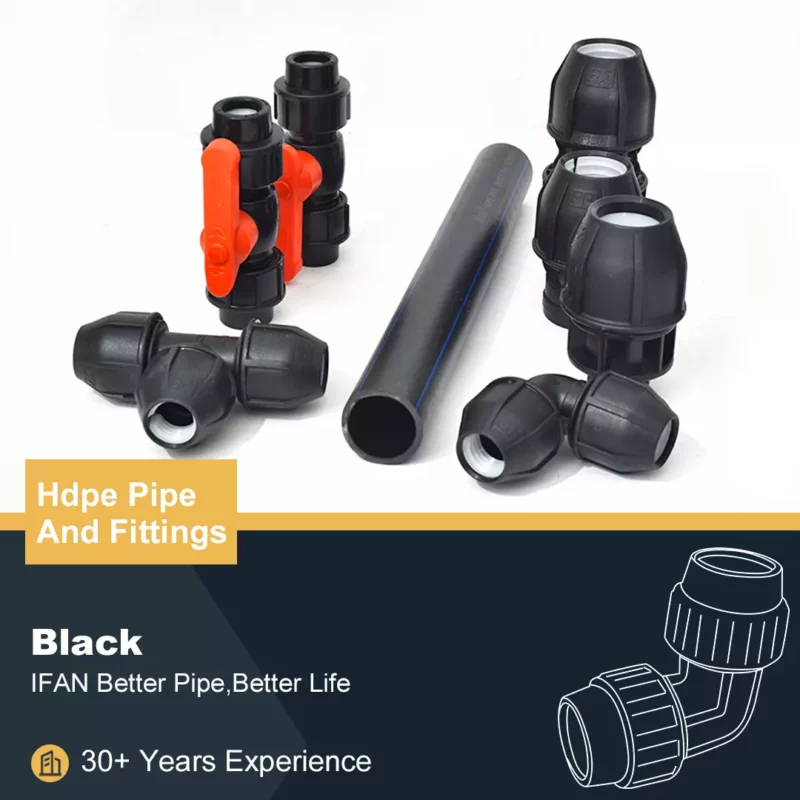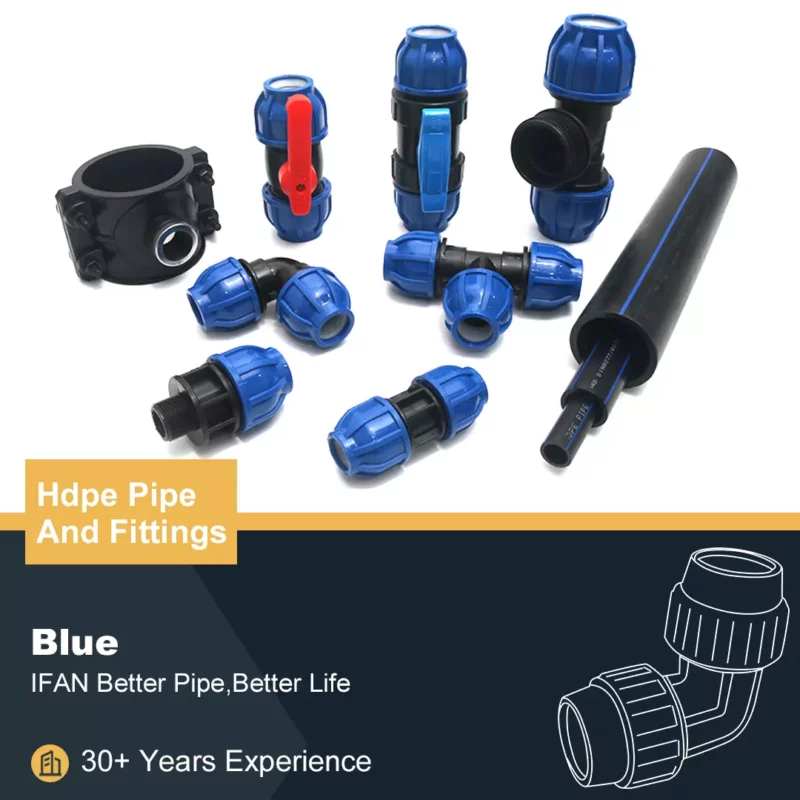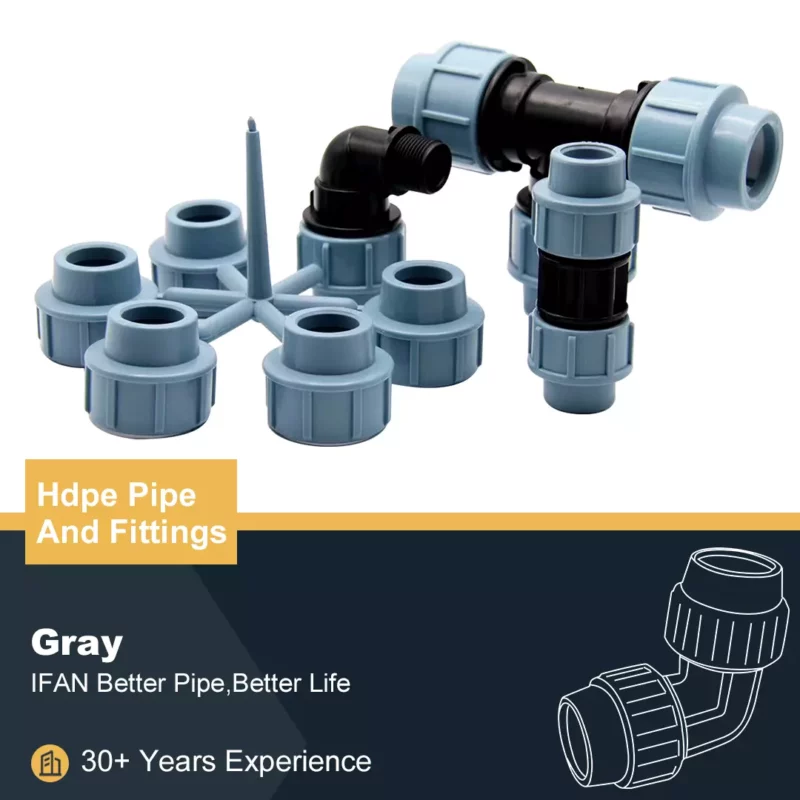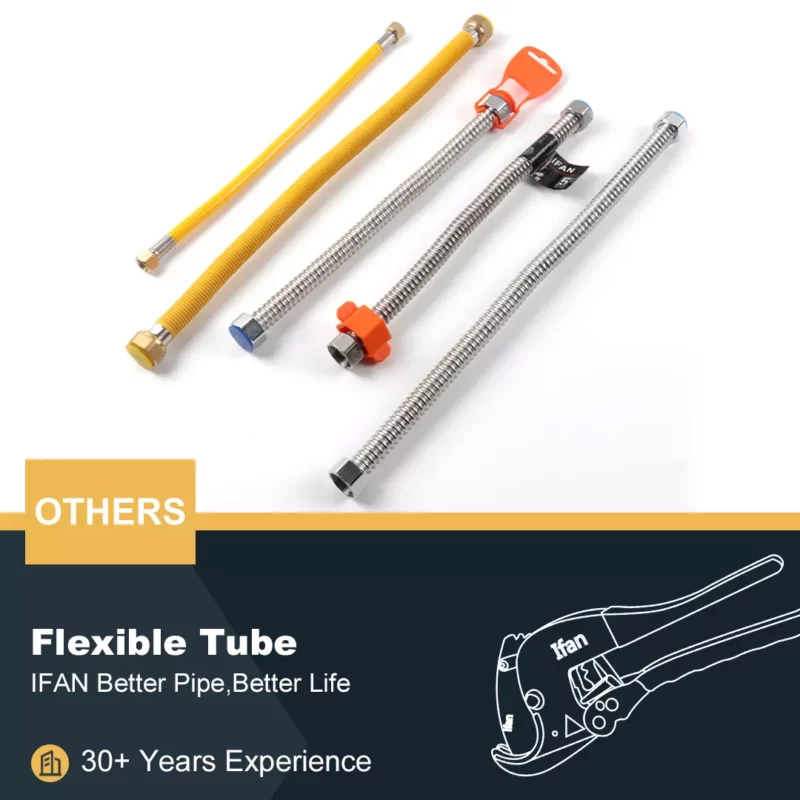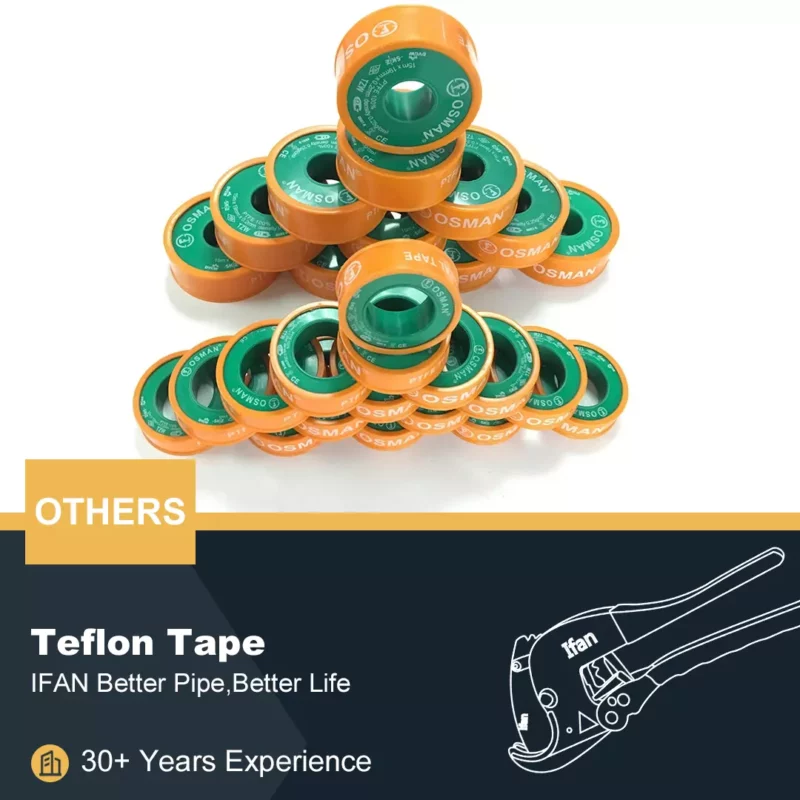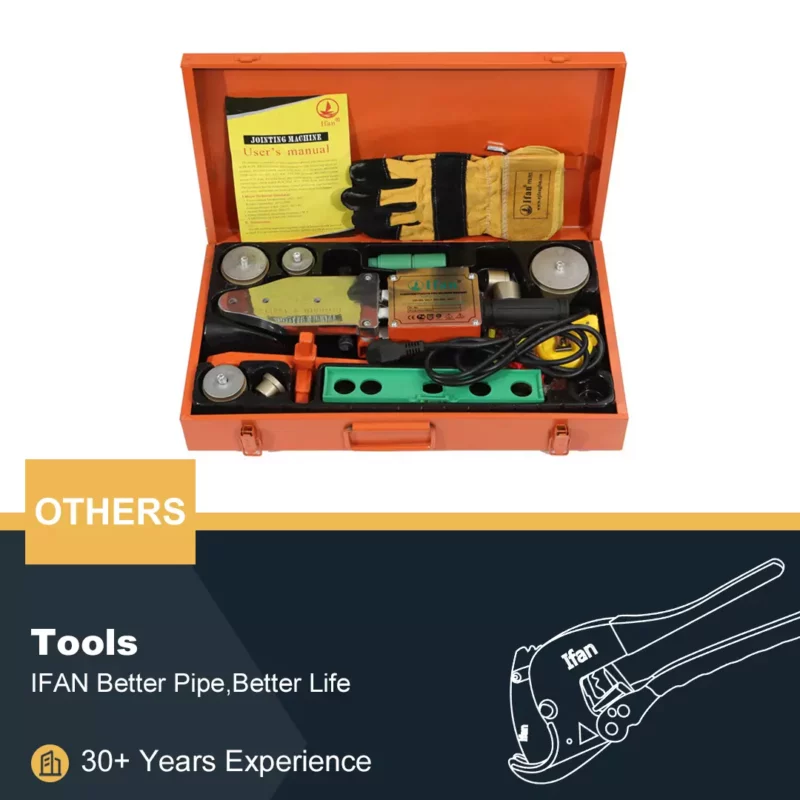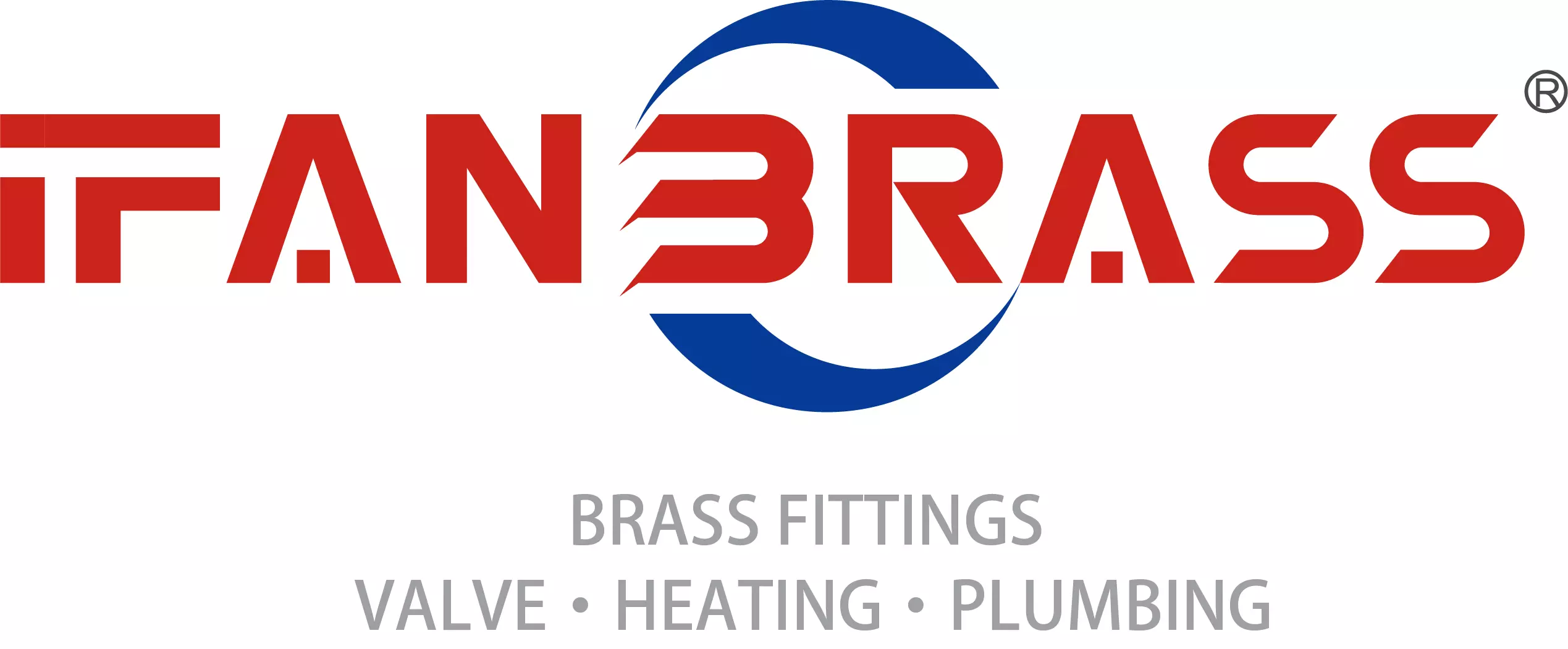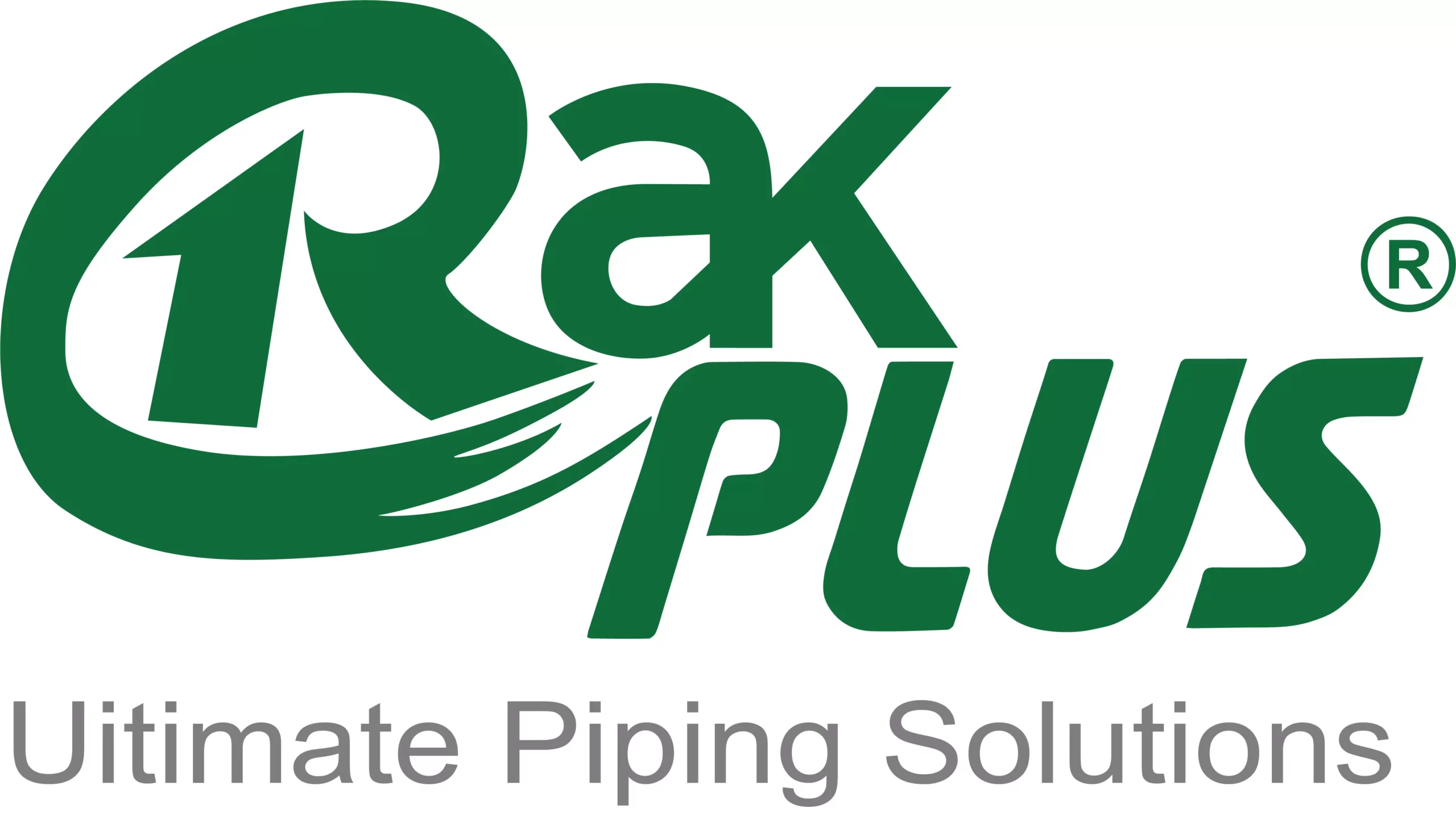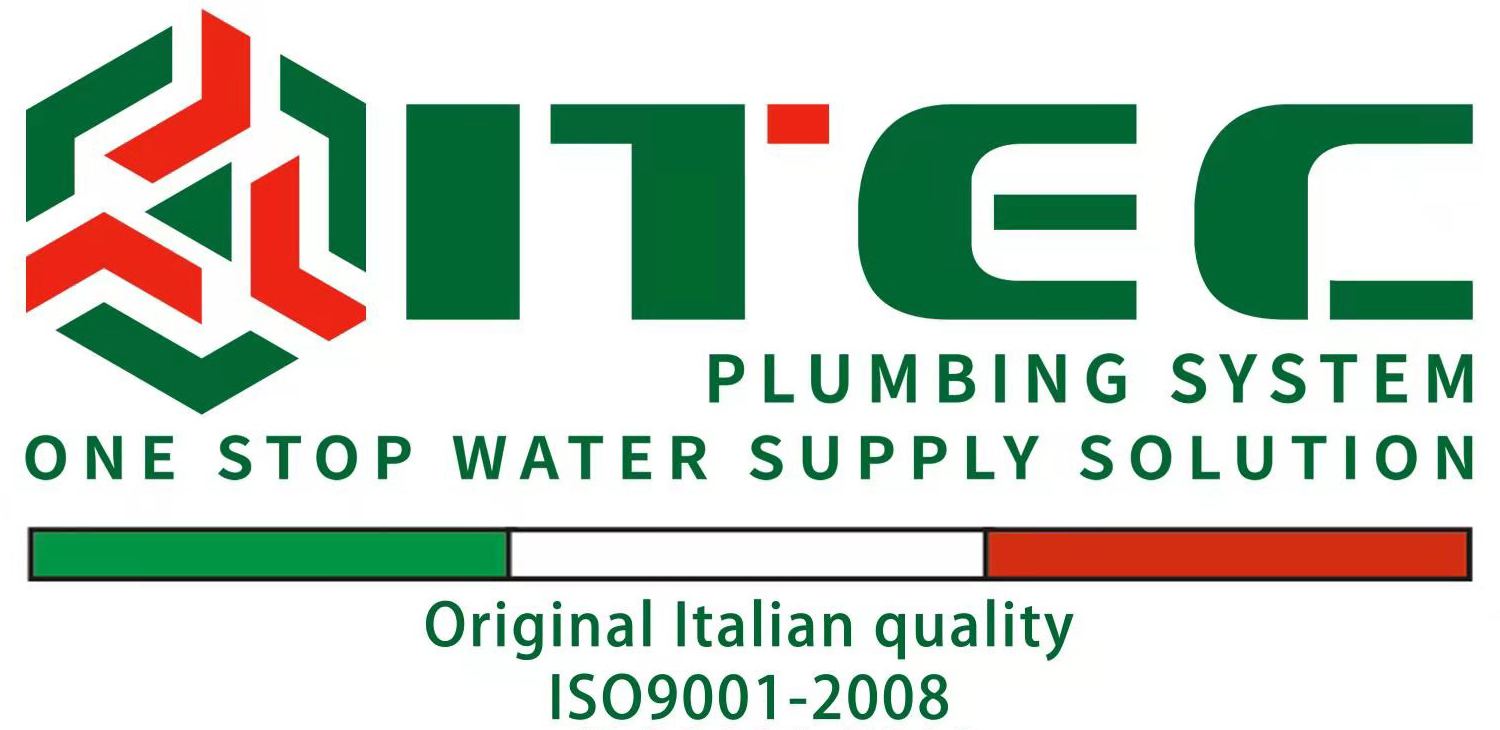PEX (cross-linked polyethylene) has become a popular choice in residential plumbing due to its flexibility and ease of installation. PEX compression fittings are essential components that connect PEX pipes securely. This article explores the applications, benefits, and installation of them in residential plumbing systems.
What Are PEX Compression Fittings?
PEX compression fittings are specialized connectors designed to join PEX tubing. These fittings consist of several parts, including a nut, a ring, and the fitting body. When the nut is tightened, the ring compresses around the PEX pipe, creating a watertight seal. For instance, these fittings are often used in water supply lines and can be adapted to various plumbing fixtures.
Advantages of PEX Compression Fittings
One major advantage of them is their ease of installation. Unlike traditional soldering methods, no special tools are required. Homeowners can complete the installation with basic plumbing tools. Additionally, these fittings are less prone to leaks, reducing the need for frequent repairs. For example, a properly installed compression fitting can last for years without issues.
Applications in Residential Plumbing
PEX compression fittings are widely used in various residential plumbing applications. They are suitable for connecting PEX pipes to fixtures like faucets and toilets. In many homes, these fittings are employed to extend existing plumbing systems. For instance, adding a new sink to a kitchen often involves them to connect to the main water supply.
Compatibility with Other Materials
Another significant benefit of them is their compatibility with other plumbing materials. They can be used with copper and PVC pipes, making them versatile for mixed-material systems. For example, when retrofitting an old plumbing system, they can easily connect PEX tubing to existing copper pipes, ensuring a seamless transition.
Installation Process
Installing PEX compression fittings is straightforward. First, cut the PEX pipe to the desired length using a pipe cutter. Next, slide the compression nut and ring onto the pipe. Insert the pipe into the fitting body and push it all the way in. Finally, tighten the nut by hand and use a wrench for an additional secure fit. This simple process allows homeowners to handle their plumbing projects confidently.
Maintenance and Inspection
Maintaining PEX compression fittings is essential for long-term performance. Regularly check for leaks or signs of wear around the fittings. If a leak is detected, tightening the nut may resolve the issue. For example, a slight adjustment can often stop minor leaks without the need for replacement. Regular inspections help ensure the reliability of the plumbing system.
Cost-Effectiveness
Using PEX compression fittings can be cost-effective for homeowners. The fittings themselves are relatively inexpensive compared to traditional soldered fittings. Additionally, the ease of installation reduces labor costs, as homeowners can often perform the work themselves. For instance, a DIY plumbing project using they can save significant money on professional plumbing services.
Flexibility and Adaptability
PEX tubing is known for its flexibility, allowing it to bend around corners and obstacles. PEX compression fittings complement this flexibility, making them ideal for tight spaces. For example, in a cramped bathroom, PEX tubing can be routed easily with compression fittings to connect to fixtures without extensive modifications. This adaptability simplifies plumbing in challenging areas.
Environmental Benefits
PEX plumbing systems, including compression fittings, offer environmental advantages. PEX is resistant to scale and chlorine, which helps maintain water quality. Additionally, the reduced need for repairs means fewer resources are used over time. For example, a reliable plumbing system with they can contribute to lower water waste and overall sustainability.
Future Trends in PEX Technology
The plumbing industry is evolving, with increasing interest in PEX technology. Innovations in PEX fittings, including new designs and materials, are being developed. These advancements aim to improve durability and ease of use. For instance, manufacturers are exploring lead-free options to enhance safety in plumbing systems, ensuring compliance with health standards.
IFAN International Standard for Pex Tubing
IFAN standards for PEX (cross-linked polyethylene) piping systems encompass a range of international and regional guidelines to ensure quality and safety. ISO 15875 provides a comprehensive international standard for PEX pipes and fittings, covering their specifications and performance requirements.GB/T 18992 specifies the standards for PEX pipes in China, ensuring they meet local safety and durability requirements. DIN 16892 sets forth the technical standards for PEX pipes in Germany. In the United States, ASTM F877outlines the standards for PEX tubing used in potable water systems, while ASTM F2788 focuses on the testing methods for these systems. The BS 7291 and BS EN ISO 15875 standards in the UK detail the specifications and installation practices for PEX pipes. Lastly, CSA B137 provides the Canadian standards for PEX piping systems, covering various applications and performancecriteria. These standards collectively ensure that PEX products are reliable and meet the necessary quality benchmarks for different regions and applications.
Conclusion
In summary, PEX compression fittings are crucial components in residential plumbing systems. Their ease of installation, compatibility with various materials, and cost-effectiveness make them an excellent choice for homeowners. Regular maintenance and inspection further enhance their longevity and reliability. As the plumbing industry continues to advance, they will remain integral to modern plumbing solutions, offering flexibility and efficiency for residential projects.
If you have read this article and have any questions, please feel free to contact IFAN. Below is our contact information:
Whatsapp:+86 13373827623
Email:[email protected]

